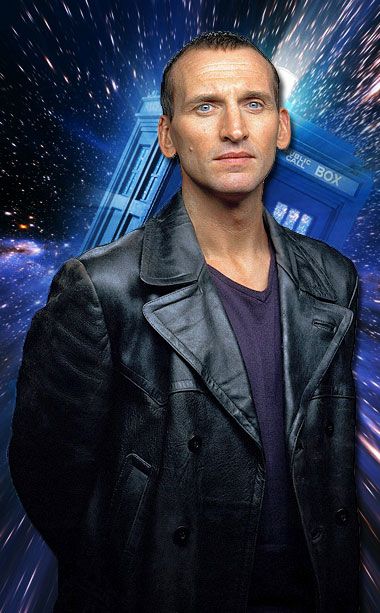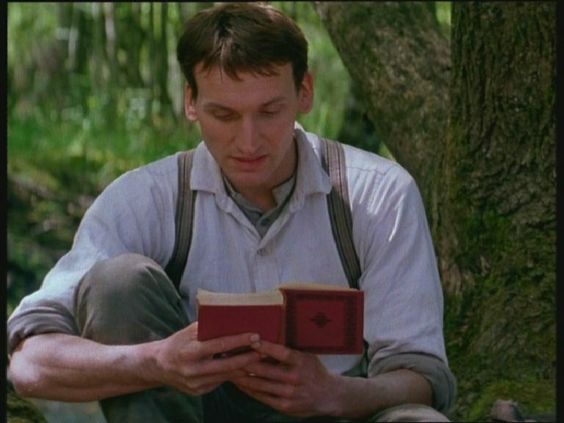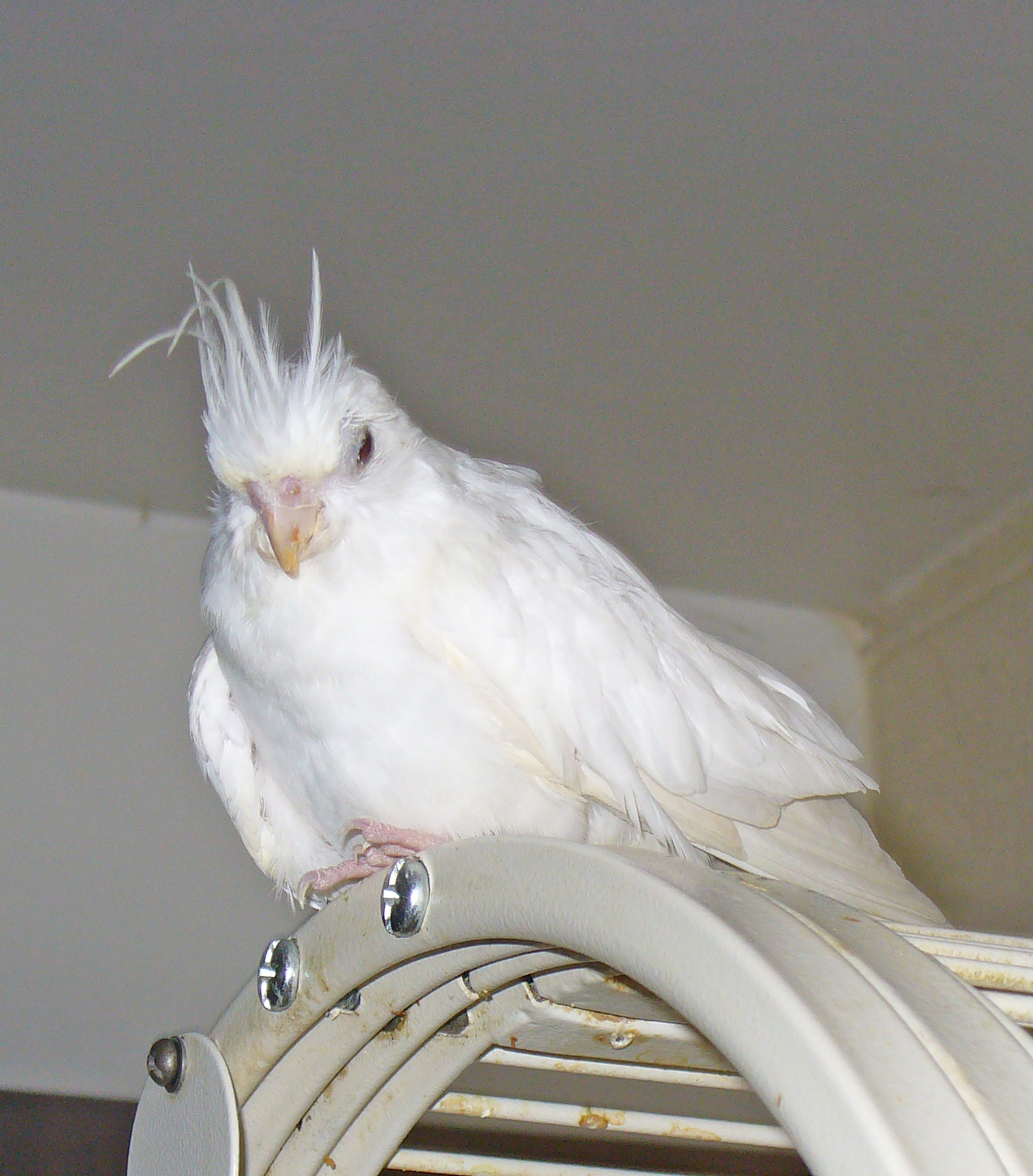Cockatiels are the love of my life. When I feel down they give me joy. Their antics also keep me grounded, something every creative person needs. This winter I decided to take my experiences over the last few years and put them into a comedy play. It’s a glimpse into my world as a bird person and is completely autobiographical. I hope you will enjoy it and if you want to produce this play as a show at your school or community theater, by all means email at the address provided in the front matter of the play.

Prologue
LAUREL stands downstage on the apron and addresses the audience.
LAUREL
(Singing to the tune of “the Brady Bunch” theme)
HERE’S A STORY OF A LOVELY LADY. WHO WAS BRINGING UP TWO VERY LOVELY BIRDS. BOTH OF THEM WITH SNOWY CRESTS, LIKE THEIR MOTHERS. THE YOUNGEST ONE WITH PEARLS.
(Switching to normal voice)
If you are like most people, you have never heard lyrics quite like that applied to that song! In fact, if you are like most people, you have no clue what the _____ I just said. How do birds have pearls?
Now of course if you are a cockatiel person, you are thinking, ‘yeah, of course one has pearls – but most pearl cockatiels don’t have white crests. Is this cockatiel a whiteface pearl?’
If you are really a cockatiel person you immediately want to know the exact genetic history of my bird – Arwen in this case. To which I am happy to tell you that Arwen is a dominate silver whiteface pearl pied hen and granddaughter of a National Cockatiel Society champion named Caspian. Her mother, Caspian’s daughter, was Cloud, a whiteface pearl pied hen. Arwen’s father was named Sterling and he was a dominate silver whiteface pearl pied.
Are the rest of you completely lost yet? Yeah, I thought so! That’s because you are used to dog and cat breeds where people value uniform traits. When I say ‘Cavalier King Charles Spaniel’ you know exactly what that dog looks like. Mix another breed with that beautiful cav and you end up with a cute, lovable mutt who will never win the Westminster Kennel Club Dog Show.
But parrots are literally of a different class – Aves – and order – Psittaciformes – from we mammals. All captive raised parrots are wild animals socialized around humans, but still retaining their wild instincts. Selective breeding has created what we call ‘colour mutations’ that only change the plumage of our captive raised birds, usually by suppressing a specific hue like yellow – for pied cockatiels – or grey – for lutino cockatiels.
With cockatiels, the more of these mutations a bird has, the better – in most cases. Therefore, a whiteface lutino cockatiel – which is what my older bird Mithril is – is more prized than a regular lutino cockatiel. Combining whiteface and lutino gives you a very different looking bird. In this case, a whiteface lutino which has all white feathers, pink eyes, pink beak, pink skin, and pink nails.
Are you ready for the science lecture to be over yet? Okay! Good! I swear the point of getting together today is not actually to trick you into a zoology class! Rather we are gathered today to celebrate the wonders that come with living with cockatiels – and the crazy things I encounter in my regular life when I’m around people who aren’t as in love with these amazing and incredibly bright balls of feathered mischief.
On a technical note I want to mention that what you are about to watch is not always presented in chronological order. All of my cockatiels across the years have something to say – or do – that conveys the magic that is life with cockatiels.
Part tornado, part fluffy ball of feathers, and mixed with insane capacities for mischief, life is never dull around cockatiels. By the end of this show, you will know exactly what I mean.
(END OF SCENE)
Available in digital and paperback at a library (including Hoopla) and retailer near you including Apple, Amazon, Smashwords, Barnes/Noble, Everand, and Kobo.





